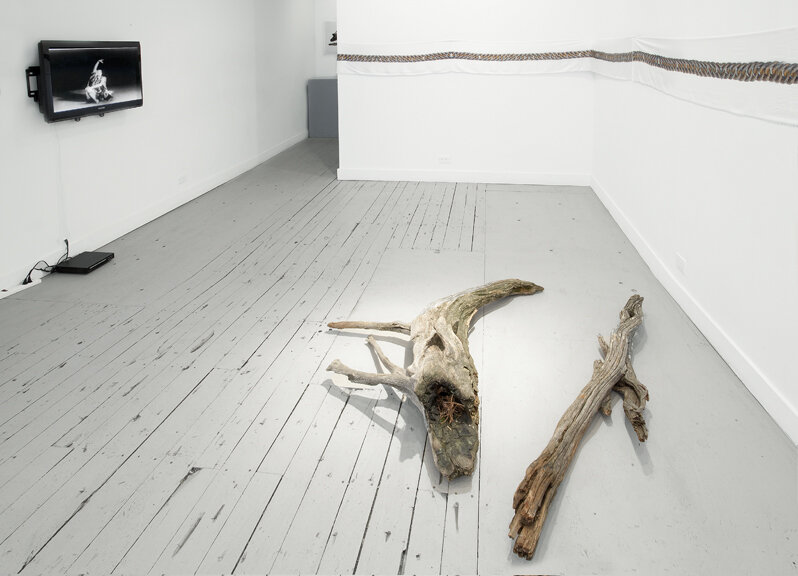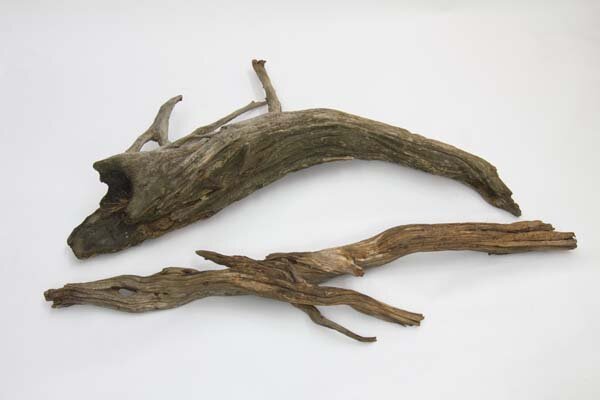LEISURE
Witch Trap
April 5–29, 2012
“Step softly over the grass, this a Witch House, a little tumble-down shed behind a hidden road, weed-choked, and desolate. There is nothing to see, unless a trace of folk-lore is a sigh, or an old legend (...)
It is a forlorn spot. Thrice cursed I should say—the shell of a wild, forgotten phantasy holding nothing but an old superstition. For the tale of Dr. Troyer, once owner of this shack, belongs a century and more ago, when doubts may have been fashionable—but not in a rustic community like this."
- from Canadian Houses of Romance by Katherine Hale & Dorothy Stevens, 1926.
Inspired by the haunting description of Lake Erie witch visitations in the early 1800s, Witch Trap is an installation and video work that explores the idea of the witch and of the culturally constructed affiliations between landscape and the feminine.
Dr Troyer was one of the first European settlers in the isolated Long Point region of Lake Erie. With its wind swept dunes and eerie marshes, we imagine the bounds of culture loosening as Troyer projected his anxieties and fantasies onto the women and landscape around him. According to regional lore, Troyer thought he was the object of visitations by witches and believed his fellow female settlers were among them. He alleged among other experiences, that witches descended at night and transforming him into a horse they rode across the lake to an island where they tied him to a post and danced naked round a fire while he watched. Troyer’s response to these experiences was to keep a heavy witch-trap near his bed which is now currently in the collection of the Eva Brook Donly Museum and Archives in Simcoe Ontario, and still yet his trap seems a meagre container for the power of witches.
Troyer’s story set Leisure contemplating rich and complex ideas around the notion of witchiness. How a match of female sexuality and intelligence (aka wiles) holds so much power and has, historically, been seen to pose such a cultural threat. Landscape - itself a cultural construct mediating nature and human activity – has also traditionally been seen as feminine, whether tamed and pastoral or unknown, unconquered and threatening. When witchiness and landscape are brought together a heady psychological mix ensues.
As part of Witch Trap, Leisure has appropriated within their video work sections of the Expressionist dancer/choreographer Mary Wigman’s Witch Dance. Rather than impersonating a witch, Wigman engages in a process of self-transformation, embodying qualities of the witch. Wearing a mask, she turns the gaze back onto the viewer, making for a less objectifying experience. Framed by the Witch Dance, images of Troyer’s haunting landscape take on a new evocative power – strong, strange and charged with imaginative and feminine potential. Leisure invites the viewer to enter into the witchiness and be trapped by its power.








